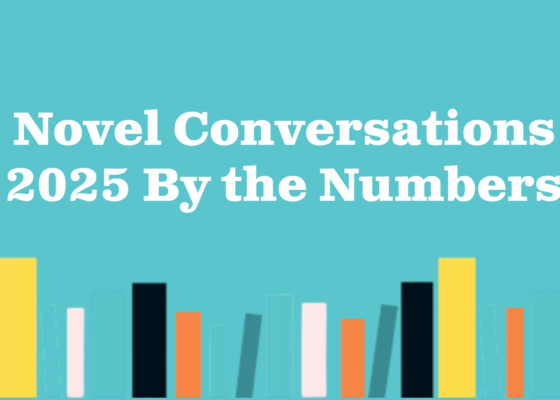Freedom to Read, Think, Talk
September 29, 2010Celebrating the freedom to read is the message of Banned Books Week, Sept. 25-Oct. 2, 2010. The annual event calls attention to books that have been banned by schools and…
Celebrating the freedom to read is the message of Banned Books Week, Sept. 25-Oct. 2, 2010. The annual event calls attention to books that have been banned by schools and libraries throughout the country.
Many classics, in particular, have been on the banned list. Some are even in the Indiana Humanities Council’s Novel Conversations collection. Here are a few examples:
- The Scarlet Letter by Nathaniel Hawthorne
- Uncle Tom’s Cabin by Harriet Beecher Stowe
- Madame Bovary by Gustave Flaubert
- The Sun Also Rises by Ernest Hemingway
- Gone with the Wind by Margaret Mitchell
- The Grapes of Wrath and Of Mice and Men by John Steinbeck
- 1984 by George Orwell
- Catcher in the Rye by J.D. Salinger
- Fahrenheit 451 by Ray Bradbury
- Doctor Zhivago by Boris Pasternak
- To Kill a Mockingbird by Harper Lee
- Slaughterhouse-Five by Kurt Vonnegut
- Bless Me Ultima by Rudolfo A. Anaya
- Ordinary People by Judith Guest
- Beloved by Toni Morrison
- Harry Potter and the Sorcerer’s Stone by J.K. Rowling
While books may be banned for offensive language, sex, or irreligious content, they may also be considered incorrect in their political views. Nickel and Dimed, a book that we recently reviewed in a blog about hunger in literature, was called too “socialist.”
In addition to the American Library Association, Banned Books Week is also sponsored by the American Booksellers Association; American Booksellers Foundation for Free Expression; the American Library Association; American Society of Journalists and Authors; Association of American Publishers; and the National Association of College Stores. It is endorsed by the Center for the Book in the Library of Congress.


